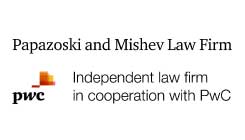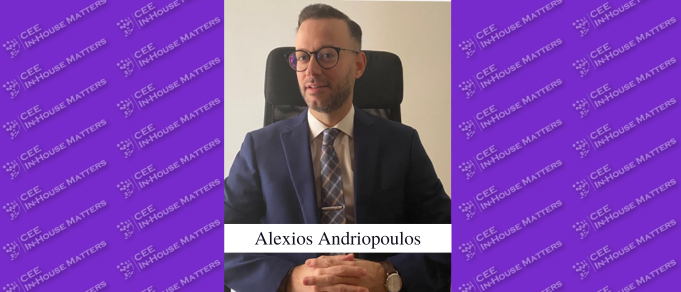On January 19, 2024, the International Federation of Consulting Engineers (FIDIC) entered into a strategic partnership with Ukraine’s Ministry for Communities, Territories, and Infrastructure Development. The deal aims to create National Particular Conditions for using FIDIC contracts in Ukraine. This is promising news for professionals familiar with drafting such contracts for Ukrainian construction projects. But can FIDIC forms be used in Ukraine while this initiative is in progress, and what challenges do professionals face in using these contracts in the country?
Overcoming Historical Hurdles
The use of FIDIC forms in Ukraine has long been a topic of uncertainty. Among the main reasons were mandatory requirements for any construction contract and the existence of a government-approved construction contract template. While the template was only recommended, it was common practice to align with its terms. Unfortunately, this approach clashed with FIDIC principles, causing complications in using the forms in Ukraine.
The situation began to change in 2015 when the Government initiated reforms that paved the way for the use of FIDIC forms in road construction. A significant milestone occurred in 2021 when an amendment permitted the use of internationally recognized contract forms in construction projects of all types – not only in road construction.
Pricing Reform: Another Piece of the Puzzle
Another significant achievement in aligning the Ukrainian regulatory framework with global best practices is the pricing reform. Despite its rather technical nature, the reformation of this regulation reflects the country’s commitment to elevating construction standards and applicable legal frameworks. Similar to the FIDIC implementation, the road sector drove this reform.
On October 7, 2022, amid the ongoing war, the Ministry of Infrastructure introduced international pricing standards. This reform replaced the outdated resource-based pricing method with a globally recognized approach based on a bill of quantities approach that aligns with FIDIC contracts. Further supporting this effort, on April 6, 2023, the first official translation of the latest Civil Engineering Standard Method of Measurement 4 (CESMM4) into Ukrainian was published. The next anticipated step is to extend these positive changes from road construction to all construction projects.
Challenges Remain
Despite positive developments, using FIDIC contracts in Ukraine remains legally complex. Adapting these contracts to Ukrainian regulations involves navigating numerous legal aspects. One fundamental challenge lies in aligning FIDIC project management models with Ukrainian legislation and market standards.
FIDIC contracts serve not only as legal instruments but also as effective project management tools. The engineering, procurement, construction (EPC) model is the project model requested by international clients most often as protecting the project owner, whereby the contractor takes on substantial project risk by performing design, procurement, and construction under the fixed price principle.
At the same time, the EPC model has no direct analog in Ukraine, where the traditional default model involves splitting design and execution stages. Nonetheless, Ukrainian legislation permits the development of the design in several independent stages, with one analogous to the Basic Design and another to the Detailed Design. The project owner has the right to engage the general designer to create the Basic Design. Respectively, the duly qualified EPC contractor is responsible for developing the Basic Design into a buildable Detailed Design and execution. This is a good example of how reliance on the freedom of contract principle, coupled with a strong understanding of technical regulations, helps find solutions for adopting a desired project model in Ukraine under the FIDIC contract in a compliant manner.
Moving Forward
Ukraine has made significant strides in incorporating international best practices into its legislation. The challenge now is to rebuild its infrastructure using this toolkit. Both domestic and international players can benefit from this progress with proper legal support.
By Tymur Enkhbaiar, Counsel, Head of Real Estate, Sayenko Kharenko
This article was originally published in Issue 11.2 of the CEE Legal Matters Magazine. If you would like to receive a hard copy of the magazine, you can subscribe here.






















